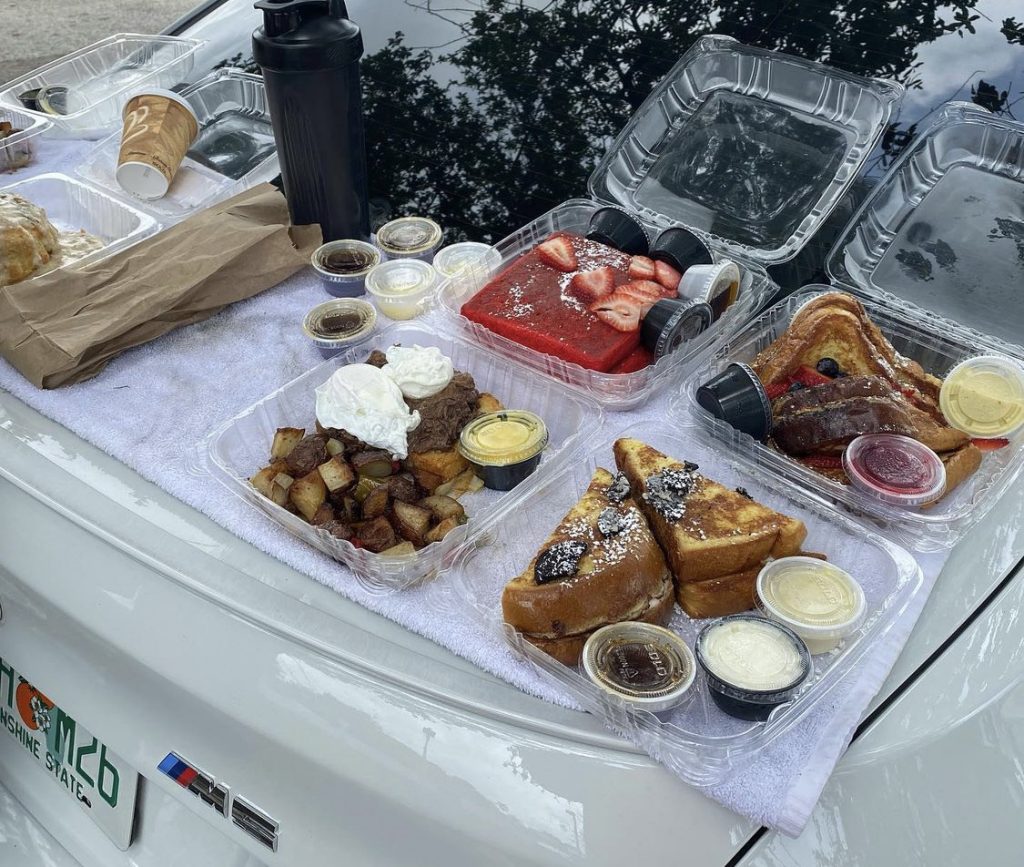
The title is a big generic, but the point is important:
While cutting, make your bodybuilding training fit your bodybuilding diet and skipload vs making the diet fit your training plan.I will explain what I am doing with my diet and skipload to make my point clear, but first I want to discuss this concept so that you understand my point.
Off Season
When you are in a growth phase (off season), most times you should be feeding yourself to maximize recovery. This would mean that usually you are going to want to feed the type of training you are doing. Essentially, the training comes first and then you fit the diet to the training. This is IDEAL, but I admit that it can't always be this black and white. My point still stands, however, that you first want to build the diet to support the training for maximum recovery.
While in the off season, taking in higher calories isn't as much of an issue because higher body fat levels are acceptable if, in fact, you are growing and progressing well. You never want body-fat levels to be out of control, but the calories don't have to be as controlled in the off season vs a prep or cutting phase.
Cut Phase
The main focus of a cut-phase or prep is to retain muscle mass while stripping body fat. Calories in and calories is much more of a concern because if you take in too many calories, getting lean (or lean enough) could be impossible. This is where you need to adjust the training to fit the diet that is going to lean you down. Remember, the primary focus of a cut phase is to retain muscle, not build it. Building muscle should be done in the off season. Of course, there will always be those few outliers who do build a LITTLE muscle while cutting, but they are the exception to the rule, and I don't write coach logs or articles for the small percentage of people who are the exceptions.
When caloric intake is lower and caloric output (cardio) is higher, recovery is not going to be optimal. This is where you have to be able to read your recovery abilty and adjust one of three things:
Volume
Frequency
Intensity
I put the 3 variables in order of importance based on my experience.
Volume is the easiest variable to control. Dropping 20% of your total work sets is easy. If you normally do 10 working sets for a muscle, you can drop to 8 working sets.
Frequency is easy to adjust, as well, but in doing so it will change your workout schedule and possibly even how many days you train each week.
Changing intensity is a huge gray area. Volume and frequency are pretty black and white. Changing intensity can create more doubt because you don't have specific measures to gauge intensity. How much intense is enough? Leaving reps in reserve? How many reps do I leave in reserve? Stop doing high-intensity techniques like super sets or drop sets? Do I still do one high-intensity technique or none, at all? There are far more variables to the intensity game. If you leave the intensity alone and adjust one or the other options, the changes are easier to gauge and assess.
Skiploads
Fitting the skipload (or your refeeds, cheat meals, etc) to the training is very important, as well. If you are coming into a deload week, there won't be as much of a need to skipload. Leave the skipload for when you finish the deload or cruise week and are coming back to your first blast week of training.
Here is an example of how I have been programming my training to fit my skiploading:
I have been having a lot of success with blasting for 2 or 3 weeks and then deloading/cruising for 1 week. The reason this is working so well is because I have been doing clean skiploads for 2 or 3 weeks and then doing an all-out skipload that isn't as clean. Though it can change as I get deeper into this cut phase, this is how it looks right now:
Week 1 training blast
Clean skipload
Week 2 training blast
Clean skipload
Week 3 training blast
Clean skipload
Deload training week
ALL-OUT SKIPLOAD
Week 1 training blast
repeat...
Example of a clean skipload meal:

Example of an all-out skipload meal:

I noted above that sometimes I will only do 2 weeks of blast-training if I feel I am running on empty or my scale weight is falling too quickly. This happened about 3 weeks ago when I dropped almost 5 pounds in one week with no changes to the diet for almost 4 weeks. When the bottom drops out, it's time to deload and then do a full skipload before going back to a blast week.
Making the training fit the diet will allow me (or any of you) to continue to get leaner because that is the priority in a cut phase. If I did it the other way around, I would continue to grow and progress, but not get leaner.
If you are looking for the best knee sleeves in the industry, click the link below:
https://www.elitefts.com/shop/power-gear/knee-sleeves.html










1 Comment